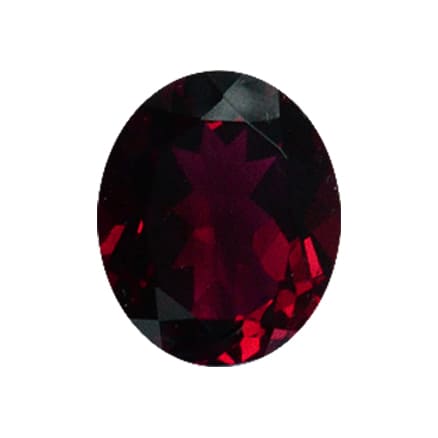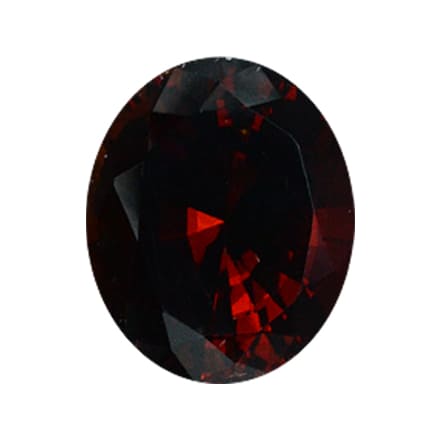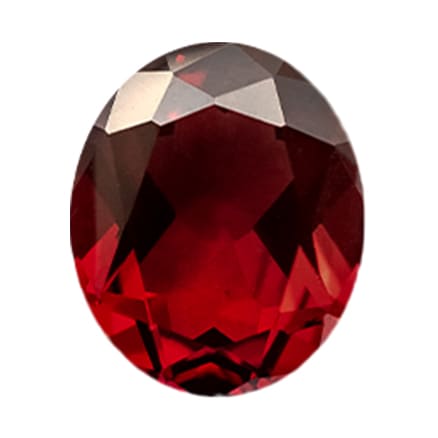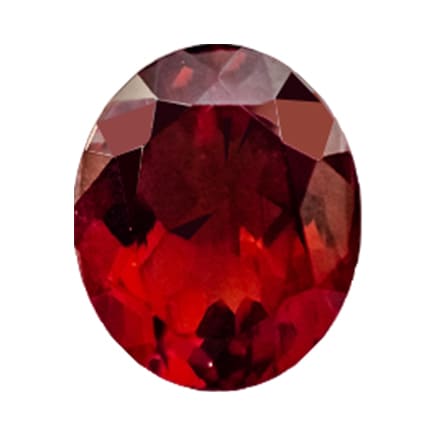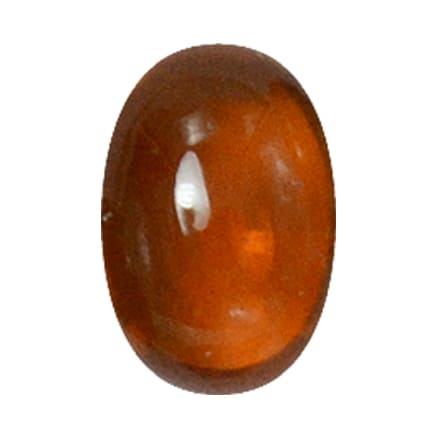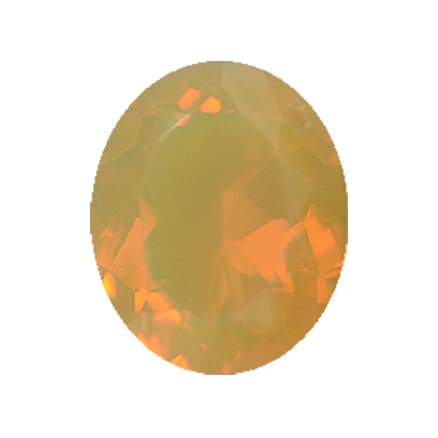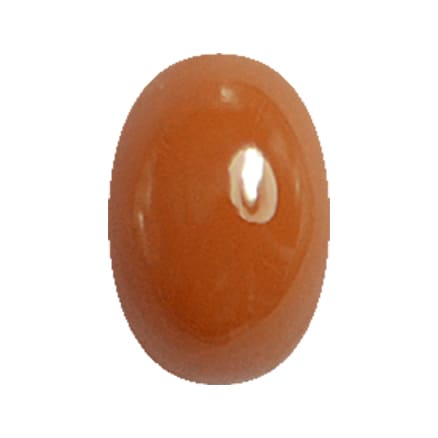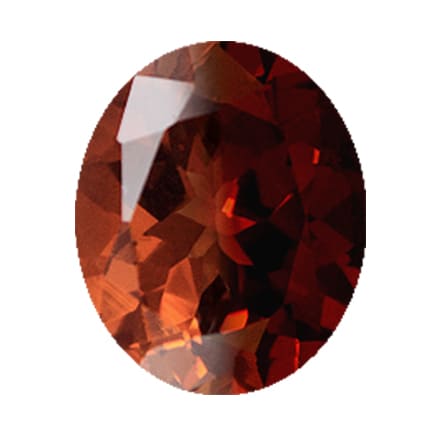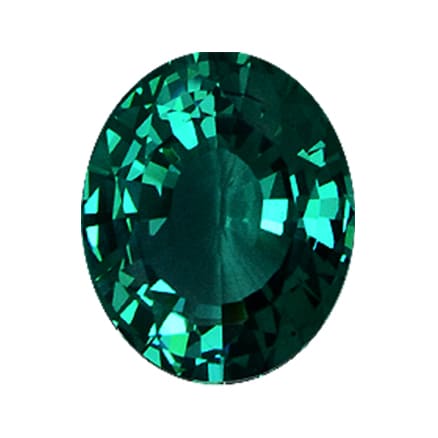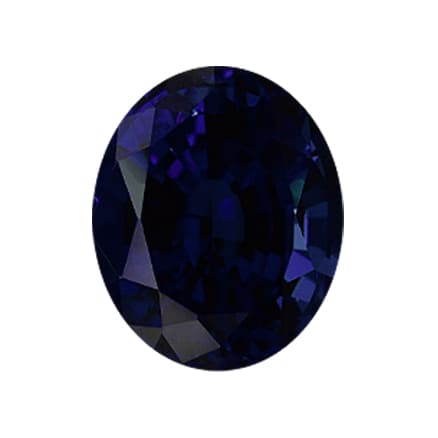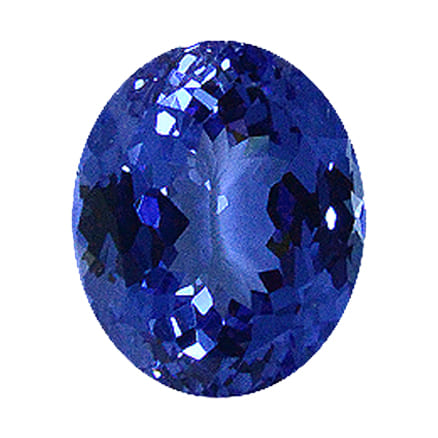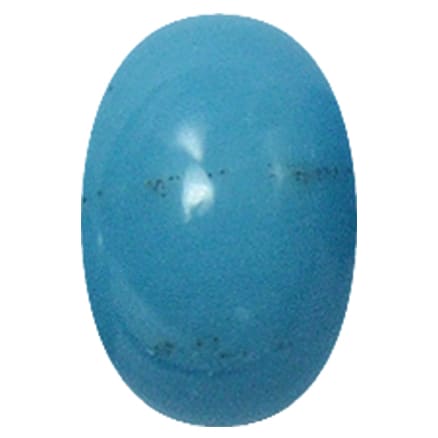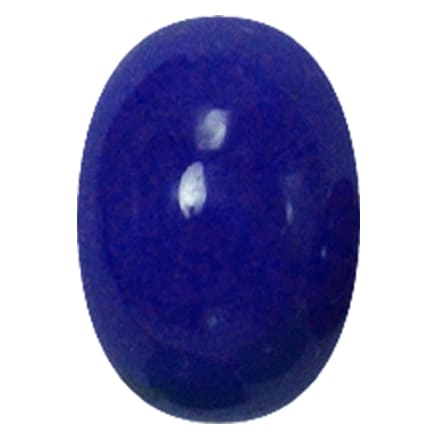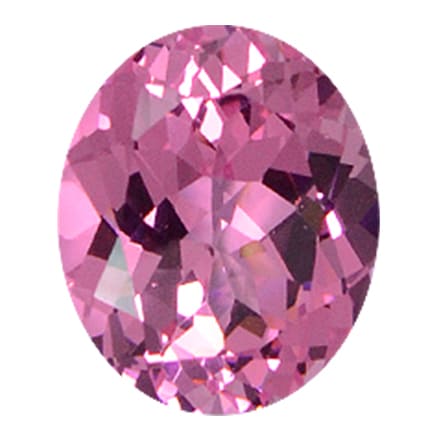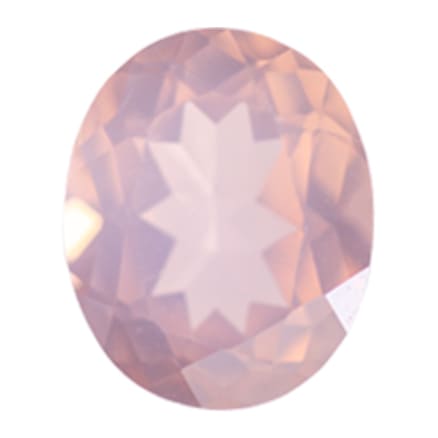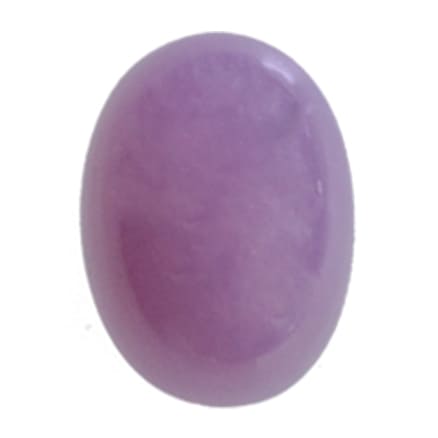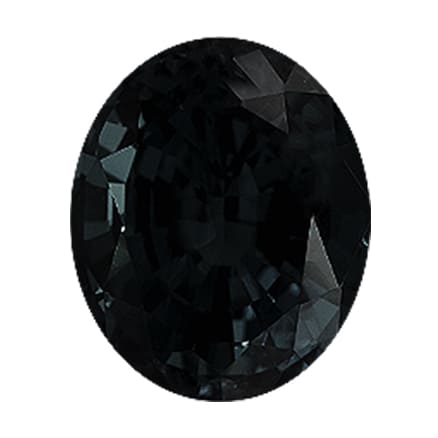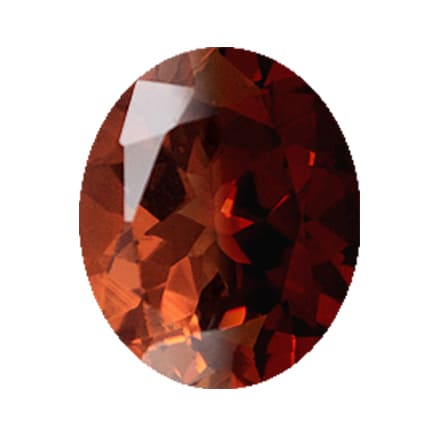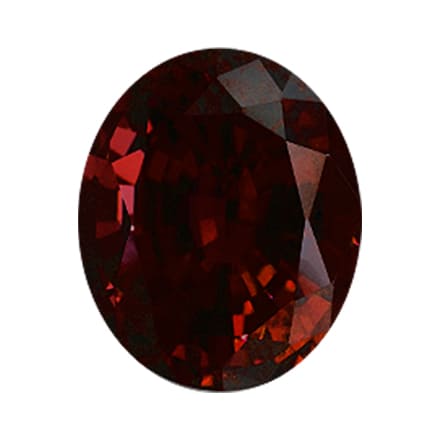Contact: +86 15677418852
Email: sales@hxgemstone.com
NANO TECHNOLOGY
Nanosital is an optically transparent polycristalline material that is formed by the crystallization of glass with corresponding chemical composition and has higher physical and chemical properties than the original glass.
Nanosital is one of glass-ceramic materials, which are known for more than 50 years and have a wide range of compositions and applications. RusGems has adapted existing technology to create a material specifically optimized for jewellery. As a result a multi-component high temperature composition on the base of two main oxides – SiO2 and Al2O3 – was obtained. It is well-known that the above-mentioned oxides are key components of most natural gemstones. The rest of nanosital's components are picked to approximate the maximum required optical characteristics as well as density and hardness. Our technology allows us to vary components of composition quite widely. As a result nanosital that is absolutely identical to its natural counterpart can be produced each time.

PHYSICAL AND OPTICAL PROPERTIES
Nanosital is synthesized at a temperature of 1700 °C. The table above presents its main properties in comparison to well-known materials:
Comparison chart of physical and optical properties
| PHYSICAL PROPERTIES | NANOSITAL | GLASS | CUBIC ZIRCONIA | CORUNDUM |
|---|---|---|---|---|
| Mohs hardness scale | 7 | 5 - 5.5 | 8 - 8.5 | 9 |
| Refractive index | 1.65 – 1.7 | 1.45 - 1.54 | 2.17 | 1.76 |
| Specific gravity | 3.5 - 4 | 2.2 - 2.6 | 5.9 - 6.3 | 3.99 |
| Dispersion (play of colors) | 0.015 | 0.005 - 0.007 | 0.060 | 0.018 |
| Melting point, °C | 1700 | 600 - 700 | 2800 | 2050 |
| Treatment problems | Can be readily polished on a diamond polishing wheel 3/2 | Too soft, difficult to obtain ideal polishing surface without matt appearance | Difficult to produce ideal crystals, hard to get rid of tiny scratches | Very hard, abrasives wear out quickly |
| Heat color stability (in lost-wax casting) | yes | no | no | yes |
Red
Green
Blue
Purple
Pink
Black & White
Bi-Color

Main characteristics of Nanosital
Nanosital's specific gravity index is very close to that of the most valuable gemstones such as topaz, sapphire, ruby and aquamarine.
Nanosital and the optical properties of the most popular color gemstones are almost similar. Nanosital's main feature is its lack of an unnaturally strong lustre, which is typical of cubic zirconia, wherein the play of colors remains attractive.
Nanosital's hardness (7 on Mohs scale) guarantees jewellery durability without the loss of its original look. The Nanosital hardness index (7) is higher than glass (5), but lower than one of the hardest materials – corundum (9).
Its high melting point allows the use of any colored Nanosital in lost-wax casting.
Color and transparency. Its wide color range, full correspondence to natural analogue, perfect optical properties, total transparency, and absence of inner defects makes Nanosital the best, readily available rough jewellery material on the market.


